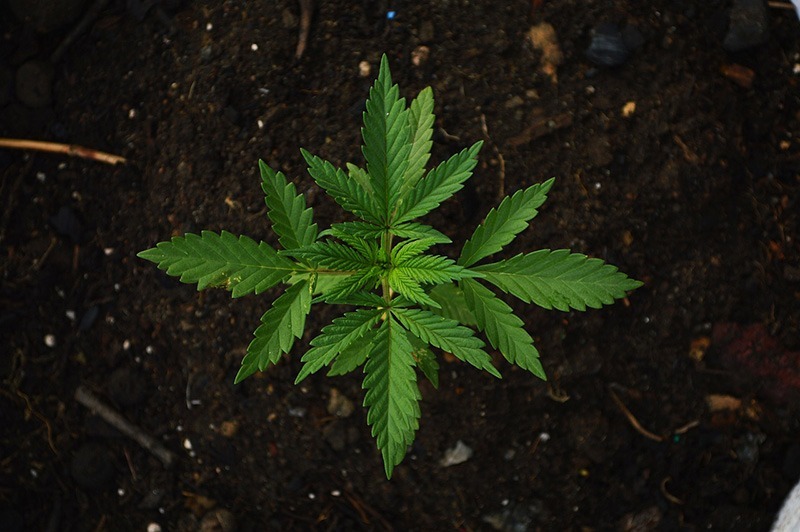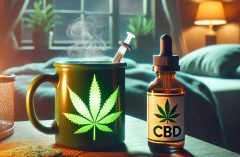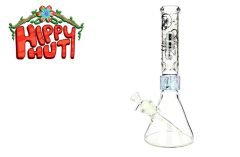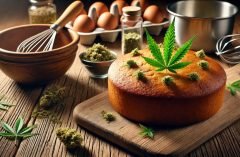Table of Contents [show]
When it comes to purchasing weed (cannabis), many customers do exactly that by selecting the product that appears to be the greatest on the outside. Buds that are visually appealing, colorful, and sturdy in appearance are particularly enticing, and sleek graphic design on labels and packaging may highlight the product within. It also masks something that isn’t worth your money or distracts you from what you want to buy. So, does bag appeal matter when purchasing cannabis?
Understanding cannabis weed bag appeal
It is critical to recognize that cannabis packaging, including well-designed display jars and nugs, is a potent marketing tool at the dispensary. Even those in the stuffy wine world, who pride themselves on carefully evaluating varietals, locations, or age before purchasing, confess that they frequently buy wine based on the label. The same is true with cannabis products. A nicely packed cannabis product and huge, tasty nugs may make or break a transaction in an increasingly visual environment represented by social media platforms like Instagram and eye-catching infographics.
Bag appeal is especially crucial for retailers who want their items to appear nice on their shelves. Cannabis merchants have stated that “bag appeal is huge,” that “excellent eye appeal is required,” and that “shelf appeal is the bottom line for retail.” But, the quality of the product and the purchasing experience is what truly establishes consumer loyalty.
The value of weed bag appeal
When it comes to shelf appeal, a product’s bag appeal is equally as important as its labeling. The bag or package design should complement the object’s form while highlighting its appearance. The use of opaque packaging will not increase cannabis and marijuana sales. Glass jars effectively display huge cannabis nuggets, whereas transparent plastic packaging effectively displays CBD oil and other produced items. While designing packaging and labeling, consider how you want your items to appear within their package.
Does bag appeal matter when purchasing cannabis?
So, what should a cannabis consumer do when faced with a bewildering selection of elegantly packaged cannabis products? Begin by reading the labels on those attractive items. A product’s label may reveal a lot about it. For example, you may seek a specific potency or THC-to-CBD ratio. THC and CBD levels will be listed on the label, and some products may also record CBN and CBG levels. You should also give the goods you’re looking at a discreet whiff.
Terpenes, chemical compounds found in cannabis, give each strain its smell and flavor. Terpenes easily recognized by even the most untrained olfactory system include lemon-like limonene, clove-like myrcene, piney pinene, woody humulene, and flowery and lemony linalool. Each terpene has therapeutic advantages and may help you sleep better by reducing anxiety and sadness.
Cannabis trichomes aren’t the only indicator
Trichomes are simply one parameter in a complicated equation that also involves CBD, terpenes, and plant structure. Current research indicates that a bud’s trichomes should not be used to appraise it. Genetic testing is becoming more widespread in the United States. It’s as easy as shipping some seedlings or clones to an appropriate lab.
You will know the plant’s exact genetic potential in only a few days. This saves both small and large farmers a significant amount of time and resources. So, you no longer need to spend months or even years developing before truly learning which cultivars are and aren’t right for you.
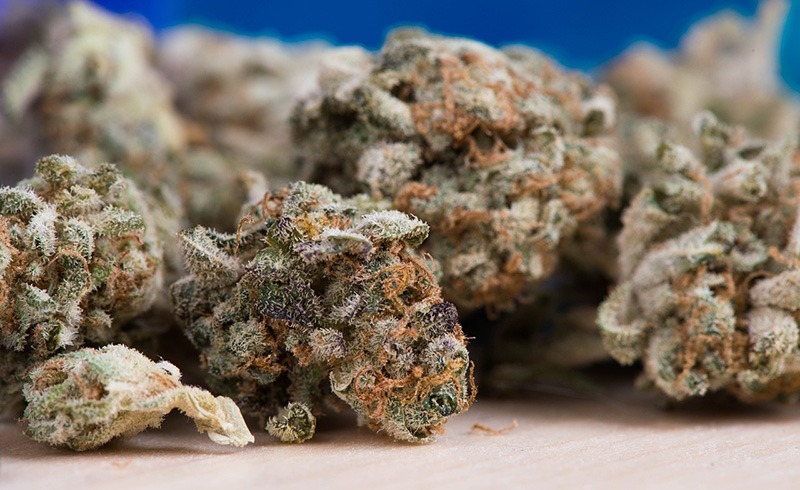 Creating weed bag consistency
Creating weed bag consistency
While most consumers have publicly criticized a firm on social media, digital networks may be a double-edged sword for manufacturers, who must verify that the flower plugged online corresponds to the flower sold. This entails using the same cultivation and harvesting practices as the rest of the crop on the promoted blossom. Growers must invest in solutions that ensure uniformity across the whole crop to achieve this consistency and preserve cannabis standards. This includes forsaking hand bucking and trimming, as the results vary between personnel and batch to batch, in favor of specialized inventions that improve cannabis aesthetics at scale.
Nonstick coatings on elite cannabis harvesting solutions reduce trichome degradation, allowing flowers to keep luster. Diverters also enable producers to fine-tune trim length, gradually tightening the cut to clip every sugar leaf without destroying valuable blossom. Growers must be able to preserve and treat any sugar leaves still caked in trichomes to optimize the harvest’s value. This cannot be easy to execute properly without kief and trim collecting devices attached to trimming equipment.
Cannabis strains with the finest bag appeal
Here are two common strains with the best bag appeal:
Pink Rozay
Pink Rozay is a hybrid strain cross between Lemonchello and London Pound Cake. The first thing you’ll notice about Pink Rozay strain is that it was elegantly named to complement its appearance. Pink Rozay produces olive nuggets with pink and dark purple undertones. They have orange hairs as well as brilliant purple and white trichomes. These exotic weed seeds are as pleasing to the eyes as the nose: as you separate the thick nugs, you’ll be welcomed by a berry patch of aromas.
Big bud
Big Bud is an Indica-heavy cannabis strain created by crossing Afghani, Northern Lights, and Skunk #1. Big Bud has deeply soothing effects that may be felt from head to toe. The scent of this cannabis strain is earthy and spicy. According to growers, Big Bud generates huge yields and gigantic buds with little leaves. Also, this strain is suited for indoor cultivation and blooms in 57 days.
When it comes to cannabis, customers have a lot to think about, and it might be tempting to choose the best-looking product. But it is worth your time to conduct a bit more product research to obtain the one that seems extremely amazing or looks the best and makes you feel the best.
Further Reading:
50 States, So Where is Cannabis Legal in the United States?
Is Growing Cannabis In Ohio Legal?
How Is Good Commercial Cannabis Grown?


